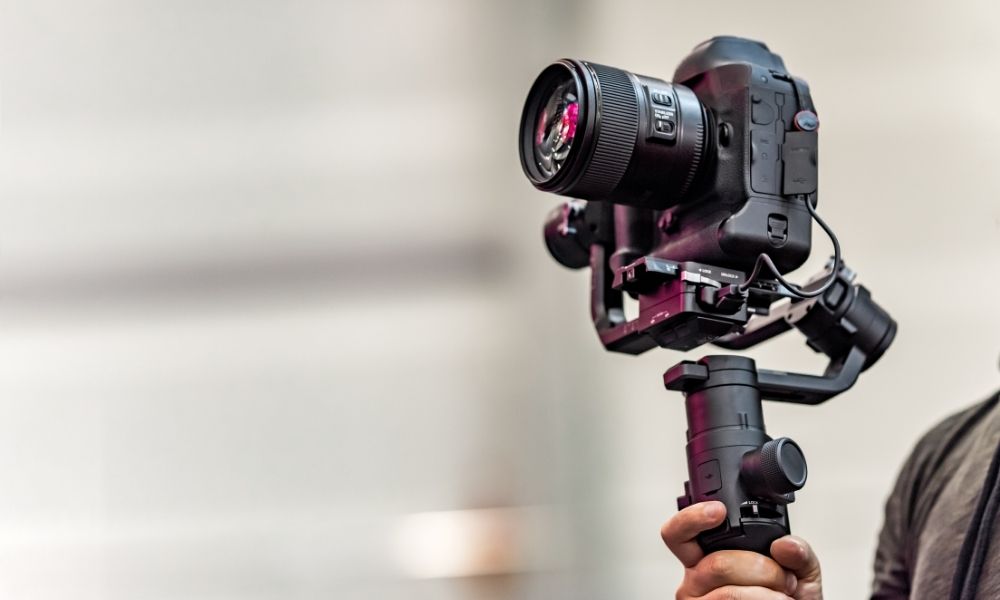If you stop for a moment to think about the last movie or T.V show you watched, you’ll quickly realize how many shots and camera angles it takes to create a production. Impressive, isn’t it? Using the right angles while filming can transform a boring scene into a gripping one. Here’s how to effectively use camera angles in your own filmmaking.
Why Use Angles?
Shots and angles are the devices used by filmmakers to tell a story. Angles clue the audience in to what they should notice during the course of a scene. Furthermore, constant variations in filming angles keeps viewers engaged and invested in the action on the screen.
Best Angles To Know and Try
When filming with angles, it’s important to know about the basic angles all filmmakers use. Below are some of the best angles to try.
Wide Shot
A wide shot, also known as a long shot, is a shot taken from a distance, capturing the entirety of one or more subjects and their environment on camera. Wide shots are helpful for setting the scene and helping the audience to get an idea of a character’s surroundings.
Medium Shot
A medium shot falls somewhere in between a wide shot and a closeup, usually displaying a subject from the waist up within a frame. Medium shots show both movement and emotion in a subject.
Closeup Shot
Closeup shots are shots in which the subject’s face is the only thing within the frame. Closeups are used to display emotions on the faces of characters.
High Angle
In a high angle shot, the person filming positions the camera above the subject, filming down on them. This shot gives the impression a subject is weak, small, or powerless.
Low Angle
In contrast to a high angle shot, a low angle shot is taken from below the subject. This type of shot makes the subject appear large, threatening, or powerful.
Dutch Angle
A Dutch angle is a unique shot in which the camera is tilted on its roll axis so the shot isn’t perfectly horizontal. Dutch angle shots are often used to portray disorientation.
Eye Level Shot
The eye level shot is a basic, neutral angle in which the subject is filmed head-on, directly at their eye level. Using this shot is a method to objectively portray a subject’s emotions.
Point-of-View Shot
A point-of-view (POV) shot is one filmed from the perspective of the subject. These shots show the audience a scene from the subject’s perspective.
Knowing how to effectively use camera angles in your filming will help you to communicate the story of your scene—and your film as a whole—to your audience. Having professional video gear with which to film these shots will significantly improve the quality of your film, so if you’re in need of any of the filmmaking essentials, check out our collection here at Glide Gear.
